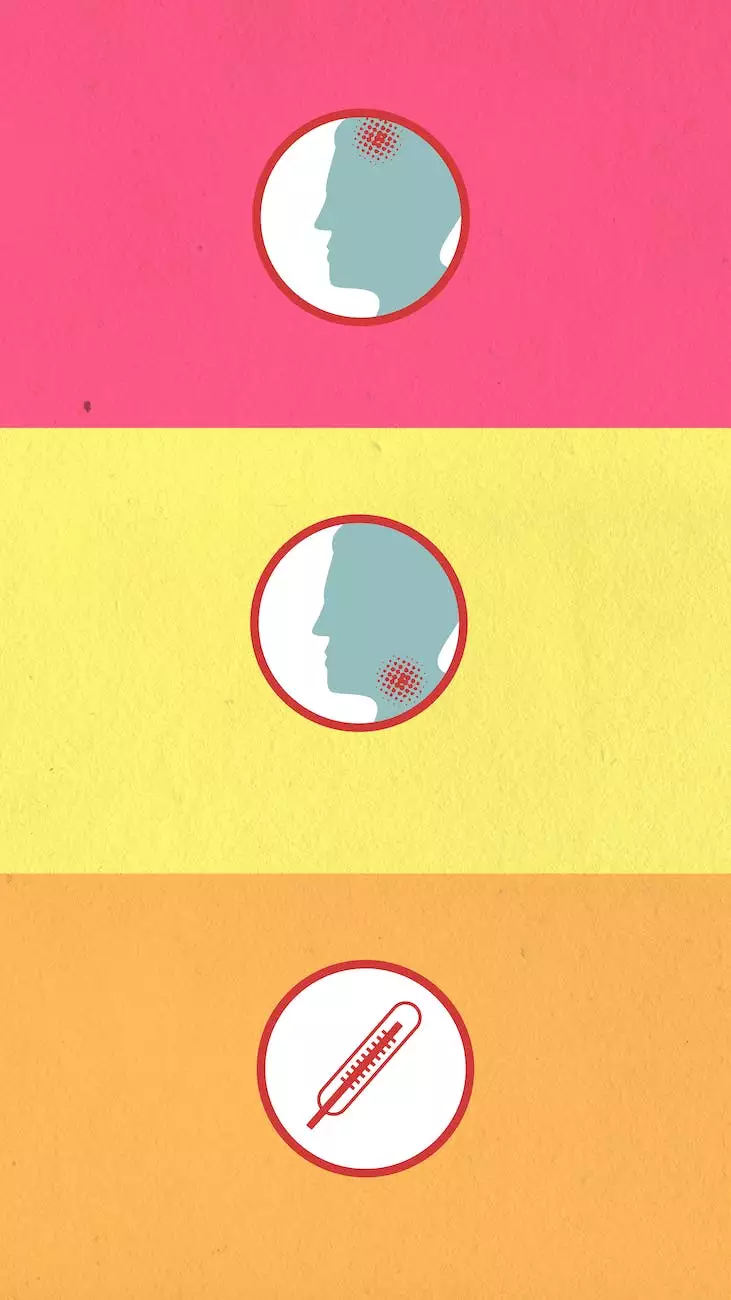A UTI or an STI? The Trouble with Similar Symptoms
Blog
Welcome to the informative page brought to you by Richard Martinez, MD, a trusted source for healthcare advice. In this article, we will delve into the topic of UTIs and STIs, exploring their similar symptoms, and providing you with valuable insights to differentiate between the two.
Understanding UTIs and STIs
UTIs (urinary tract infections) and STIs (sexually transmitted infections) are two distinct health conditions that often share similar symptoms, causing confusion among individuals. It is crucial to understand the differences between these conditions to seek appropriate medical care.
What are Urinary Tract Infections (UTIs)?
A UTI is an infection that occurs in any part of the urinary system, including the bladder, urethra, ureters, and kidneys. It is typically caused by bacteria entering the urinary tract, leading to inflammation and discomfort.
Common symptoms of UTIs include:
- Frequent urination: The need to urinate more often than usual.
- Burning sensation: Pain or burning sensation during urination, which can be quite uncomfortable.
- Cloudy or bloody urine: UTIs can sometimes cause urine to appear cloudy or contain traces of blood.
- Lower abdominal pain: Mild to severe pain or discomfort in the lower abdomen.
- Fever and fatigue: In some cases, individuals might experience fever, fatigue, or even back pain.
If you experience these symptoms, it is important to consult with a healthcare professional, like Richard Martinez, MD, to receive an accurate diagnosis and appropriate treatment.
What are Sexually Transmitted Infections (STIs)?
STIs, also known as STDs (sexually transmitted diseases), are infections transmitted through sexual contact with an infected individual. They can be caused by bacteria, viruses, parasites, or fungi, and may affect various parts of the body.
Common symptoms of STIs include:
- Genital sores or ulcers: Painful sores, blisters, or ulcers on or around the genital area.
- Unusual discharge: Abnormal discharge from the penis or vagina, which might have an unusual color, smell, or consistency.
- Itching or irritation: Persistent itching, redness, or irritation in the genital area.
- Pain during sex: Unexplained pain or discomfort during sexual intercourse.
- Flu-like symptoms: Some STIs can cause flu-like symptoms such as fever, fatigue, and swollen lymph nodes.
If you notice any of these symptoms or suspect you have been exposed to an STI, it is crucial to seek immediate medical attention. Consult a qualified healthcare professional, such as Richard Martinez, MD, who can provide guidance and necessary testing.
Differentiating UTIs from STIs
Distinguishing between UTIs and STIs solely based on symptoms can be challenging. It is essential to undergo proper testing and medical evaluation to receive an accurate diagnosis. Seeking medical advice from an experienced healthcare provider, like Richard Martinez, MD, can help in identifying the underlying cause of your symptoms.
While both UTIs and STIs share some common symptoms, notable differences exist. The location of the infection, potential transmission methods, and associated risk factors may aid in distinguishing between the two conditions.
Seeking Professional Medical Advice
With a variety of symptoms overlapping between UTIs and STIs, it is vital to consult a healthcare professional for an accurate diagnosis. Richard Martinez, MD, a leading healthcare provider in the field of urology and sexual health, can guide you through the process of diagnosis, treatment, and prevention of both UTIs and STIs.
Remember, self-diagnosis or self-medication can be risky and may lead to serious complications. Always trust the expertise and experience of a medical professional to ensure your well-being.
By providing valuable information and expert advice, Richard Martinez, MD aims to educate and empower individuals when it comes to their health. Stay informed, stay healthy!










